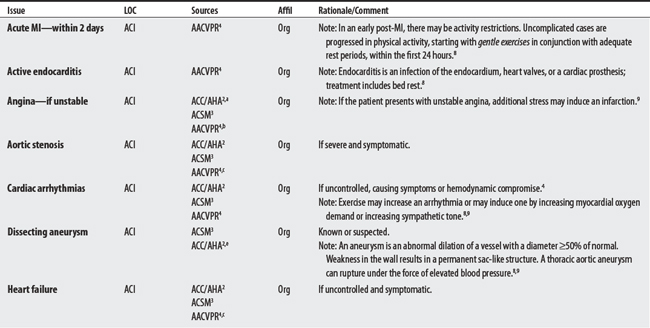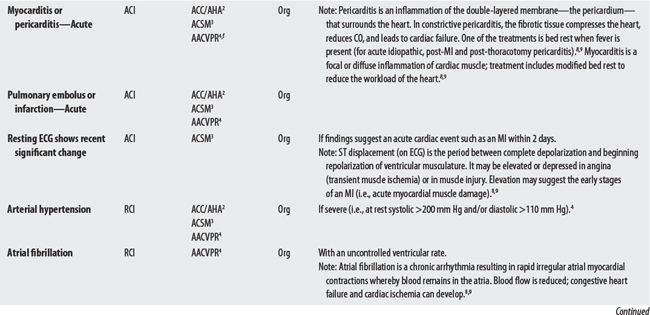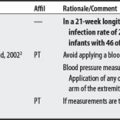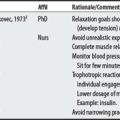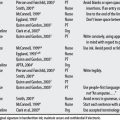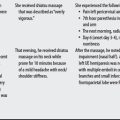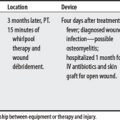Chapter 3 Exercise Testing
OVERVIEW.
The risk of sudden death and morbidity from exercise stress testing, which is generally low, is greatly increased by failing to consider contraindications for testing.1 The American College of Cardiology/American Heart Association (ACC/AHA),2 American College of Sports Medicine (ACSM),3 and the American Association of Cardiovascular and Pulmonary Rehabilitation (AACVPR)4 generally agreed on concerns. The 3 sources cited a total of 29 concerns for Exercise Testing. The overwhelming proportion (70%) of concerns was circulatory. About half of the guidelines were considered ACIs, whereas the other half viewed as RCIs. These organizations also provide guidelines for terminating an exercise test.
CONTRAINDICATIONS AND PRECAUTIONS
A00-B99 CERTAIN INFECTIONS AND PARASITIC DISEASES
D50-D89 DISEASES OF BLOOD AND BLOOD FORMING ORGANS, AND CERTAIN DISORDERS
E00-E90 ENDOCRINE, NUTRITIONAL, AND METABOLIC DISEASES
F00-F99 MENTAL AND BEHAVIORAL DISORDERS
00-I99 DISEASES OF THE CIRCULATORY SYSTEM
1 Richard D, Birrer R. Exercise stress testing [review]. J Fam Pract. 1988;26(4):425-435.
2 Gibbons RA, Balady GJ, Beasely JW, et al. ACC/AHA guidelines for exercise testing. J Am Coll Cardiol. 1997;30:260-315.
3 American College of Sports Medicine. ACSM’s Guidelines for Exercise Testing and Prescription, ed 6. Philadelphia: Lippincott Williams & Wilkins, 2000.
4 American Association of Cardiovascular and Pulmonary Rehabilitation. American Association of Cardiovascular and Pulmonary Rehabilitation Guidelines for Cardiac Rehabilitation and Secondary Prevention Programs, ed 4. Champaign (IL): Human Kinetics, 2004.
5 Appendix B: Guidelines for Activity and Exercise. In: Goodman CC, Boissonnault WG, Fuller KS, editors. Pathology: Implications for the physical therapist. Philadelphia: W.B. Saunders, 2003.
6 Goodman CC, Snyder TEK. Problems affecting multiple systems. In: Goodman CC, Boissonnault WG, Fuller FS, editors. Pathology: Implications for the physical therapist. Philadelphia: W.B. Saunders; 2003:85-119.
7 Goodman CC, Snyder TEK. The endocrine and metabolic systems. In: Goodman CC, Boissonnault WG, Fuller KS, editors. Pathology: Implications for the physical therapist. Philadelphia: W.B. Saunders; 2003:317-366.
8 Professional guide to diseases. ed 6. Springhouse (PA): Springhouse Corp; 1998.
9 Pagana KD, Pagana TJ. Mosby’s Manual of Diagnostic and Laboratory Tests, ed 2. Mosby: St. Louis, 2002.
10 Boissonnault WG, Goodman CC. The renal and urologic systems. In: Goodman CC, Boissonnault WG, Fuller FS, editors. Pathology: Implications for the physical therapist. Philadelphia: W.B. Saunders; 2003:704-728.





